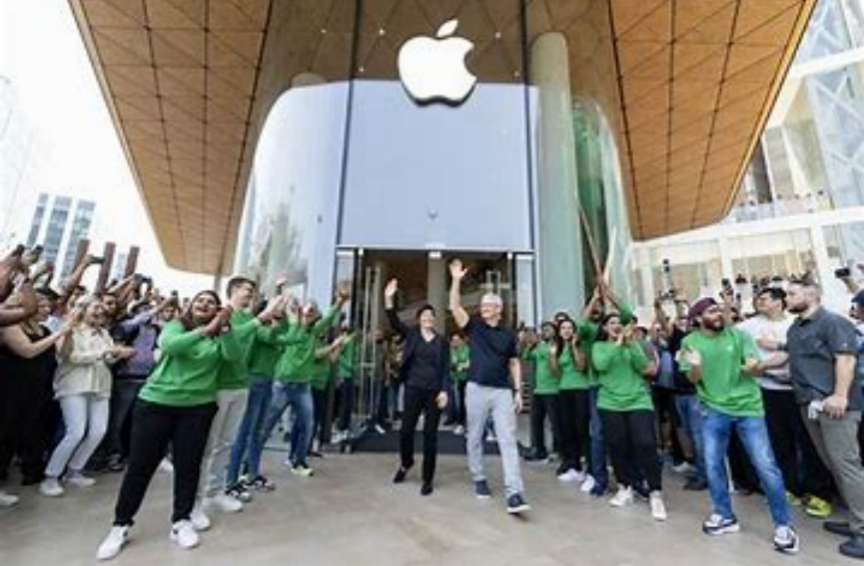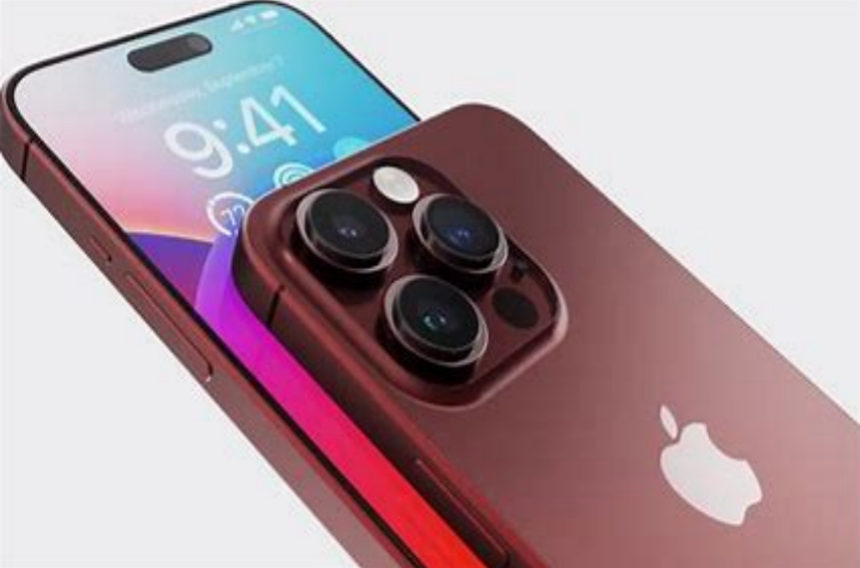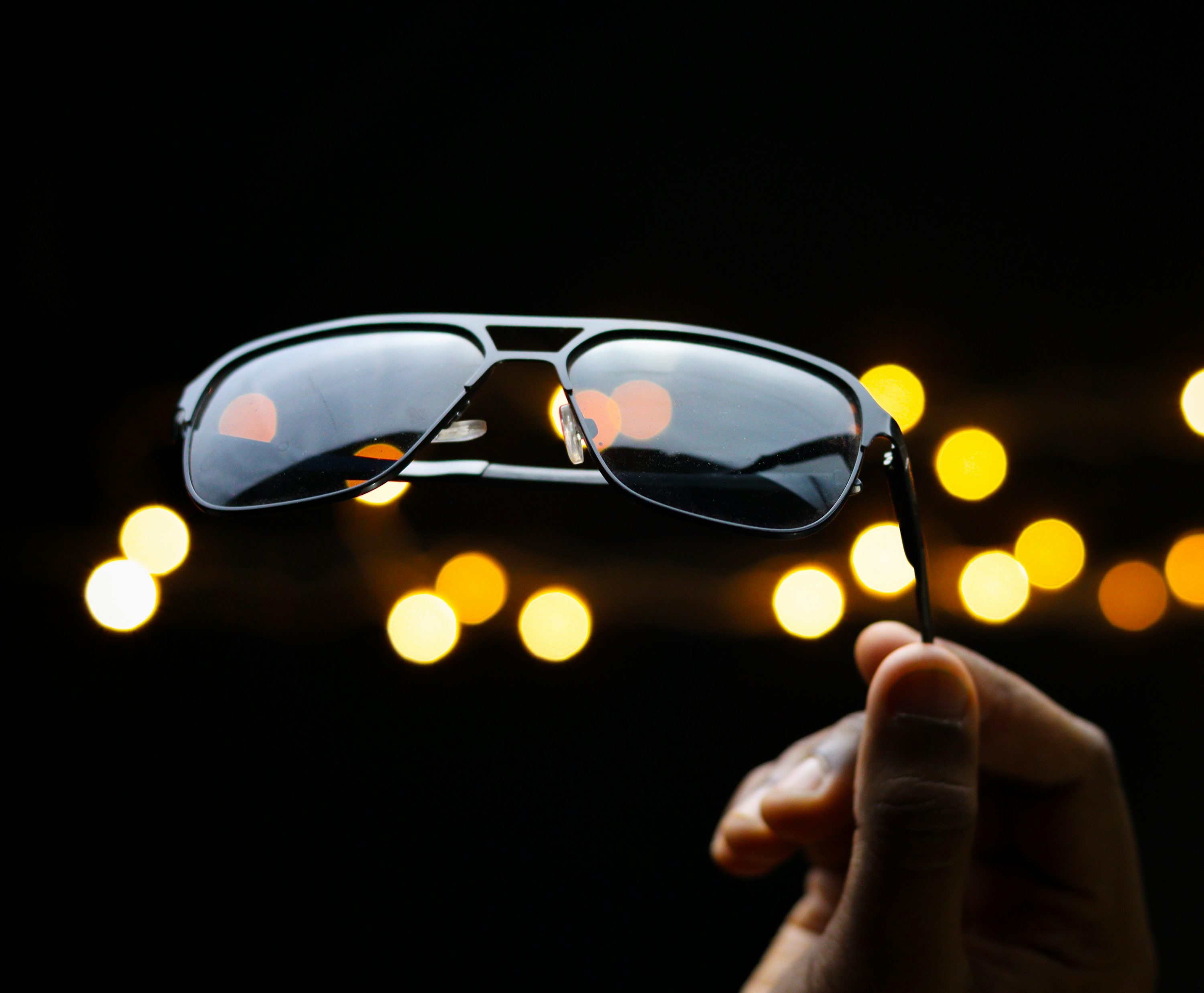The New iPhone: A Rational Buyer's Dilemma
The Allure of the Apple Ecosystem
For individuals deeply embedded in the Apple ecosystem, purchasing the latest iPhone frequently appears to be a logical choice. The smooth interaction between Apple devices is a major draw. If you have an iPad for business presentations, a Mac for creative work, and an Apple Watch for monitoring fitness, the iPhone serves as the main control center. With functions like Handoff, you can start drafting an email on your Mac and easily complete it on your iPhone. Additionally, Airdrop allows you to quickly transfer high-quality photos and large files between devices, which is essential for busy professionals.
Furthermore, iMessage goes beyond being just a messaging platform for Apple users. It includes features such as read receipts, indicators for typing, and high-quality media sharing, which aren't always present in messaging apps that work across different platforms. If the people you interact with, both socially and professionally, mainly use iPhones, the communication becomes much smoother.

Performance Powerhouse: Fact or Fiction?
Apple's latest iPhones generally come with advanced A-series chips. Take the A18 Pro found in the iPhone 16 Pro models, for example; it appears to be a significant advancement in technology. This chip claims to provide quicker processing speeds, which results in faster app launches, improved multitasking, and better performance for demanding applications such as video editing or augmented reality games. Gamers seeking high frame rates and smooth graphics will appreciate how well the chip manages intricate visual effects effortlessly.
On the other hand, for users who primarily check emails, browse social media, and make phone calls, the increase in performance may be less apparent. Numerous Android phones, even those priced lower, deliver sufficient performance for these everyday activities. Thus, while the new iPhone boasts impressive performance, it raises the question of whether the typical consumer, who spends a significant amount, actually requires such powerful capabilities.

Camera Capabilities: A Photographer's Dream?
The camera feature has always been a key attraction for iPhones, and the latest versions continue this trend. These new models often include enhanced sensors, broader apertures, and innovative computational photography capabilities. For enthusiasts of street photography or those who enjoy taking pictures in low-light situations, the upgraded night modes allow for incredible low-light images, changing the game completely. Additionally, improved portrait modes usually provide more authentic bokeh effects, helping the subject pop out more clearly.Conversely, the competition within the smartphone camera sector is intense. Companies that produce Android devices have advanced their camera technologies significantly as well. Certain Android smartphones come equipped with more flexible camera options, like ultra-wide-angle lenses and unique macro photography features. Therefore, while the iPhone camera delivers impressive performance, it might not be deemed the very best for individuals who are highly selective about their photography features.
Price Tag: Is It Justified?
A major topic of discussion regarding the new iPhone is its cost. The high-end models start at over $1000, while even the so-called "affordable" options remain quite expensive. Apple justifies its prices by highlighting its dedication to high-quality materials, advanced technology, and providing users with a seamless experience. The construction of iPhones is frequently praised, as they utilize top-quality materials such as stainless steel frames and durable glass.
Nonetheless, when looking at other smartphones available today, the performance relative to the price might not be as appealing. Certain high-end Android smartphones offer features that are similar to or even better than those found in other devices, and they do so at a lower cost. For instance, certain Android phones offer bigger and sharper displays, increased expandable storage, and quicker charging options at a more affordable cost. This raises the question of whether the iPhone's price is rooted more in brand image than in true value.
Software and Updates: A Long - Term Advantage?
iOS is well-known for regularly delivering software updates that enhance security and performance, as well as adding new features. If you buy a new iPhone, you can expect to get software support for many years, ensuring it stays current with the latest security patches and technology advancements. This holds great appeal for users who prefer long-term phone usage.

On the other hand, many Android devices may not enjoy such long update support, which can expose them to security risks and leave them lacking the latest features after a few years. Nonetheless, some Android brands are starting to enhance their support, offering updates for a longer duration. Thus, while IOS updates offer tangible advantages, they no longer hold the invincible edge they once did.
Deciding to purchase a new iPhone isn’t simple. It might be a good investment for high-spending customers who appreciate the Apple ecosystem, desire premium performance, and need a dependable camera. Conversely, those who are more budget-minded or seek a broader range of features might find superior alternatives within the Android market. It is crucial to carefully consider the benefits and drawbacks based on your individual preferences and usage habits before taking the plunge.
(Writer:Ciki)



